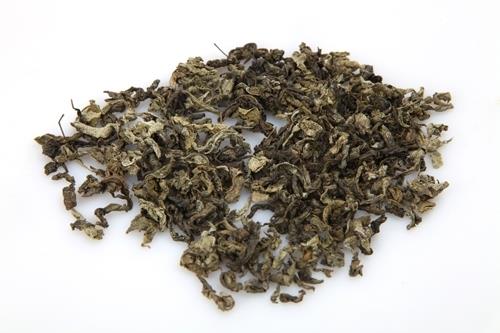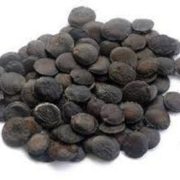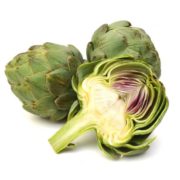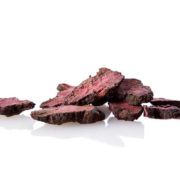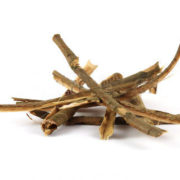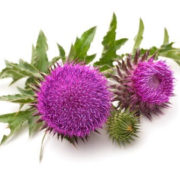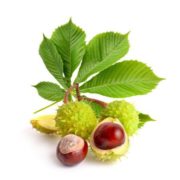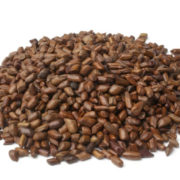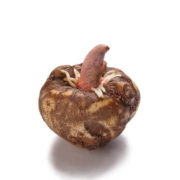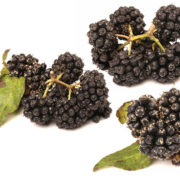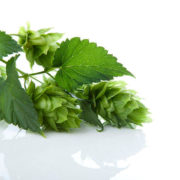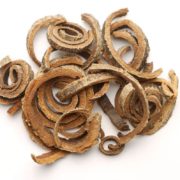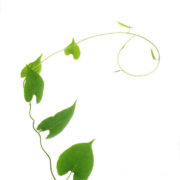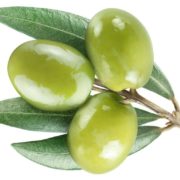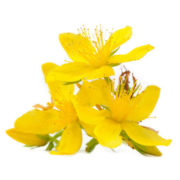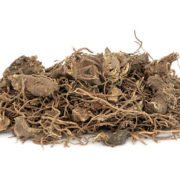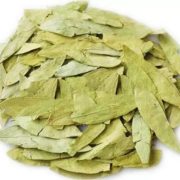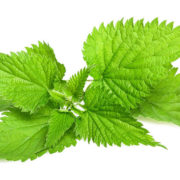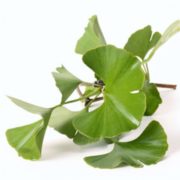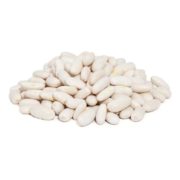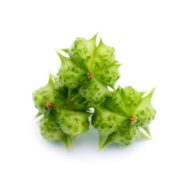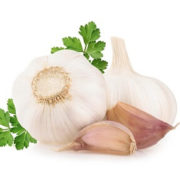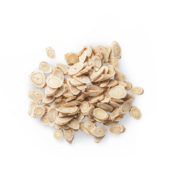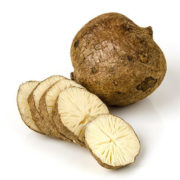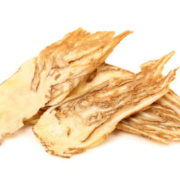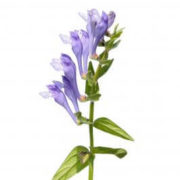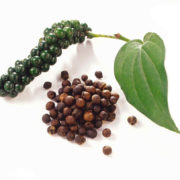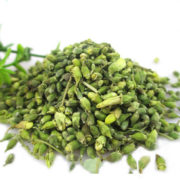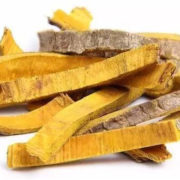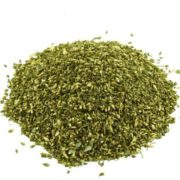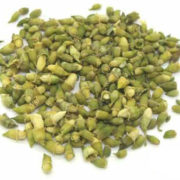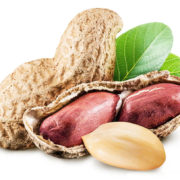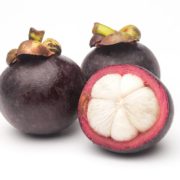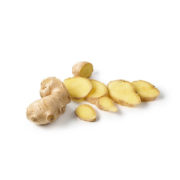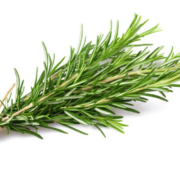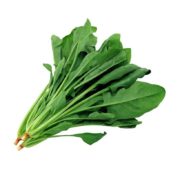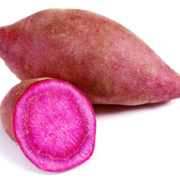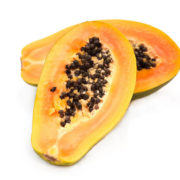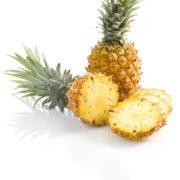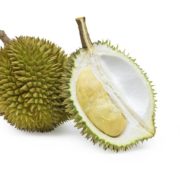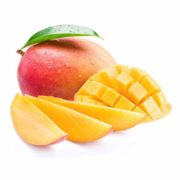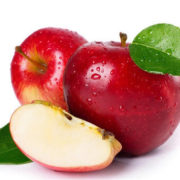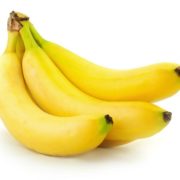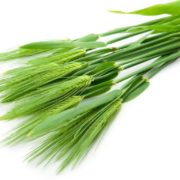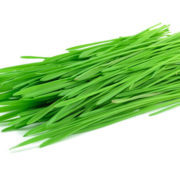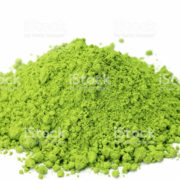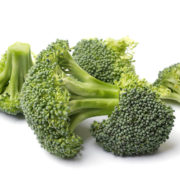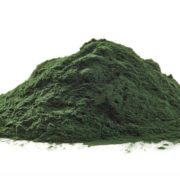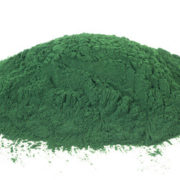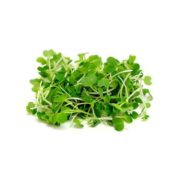Dihydromyricetin
Dihydromyricetin (dihydromyricetin, DMY) is an extract of wild woody vines (vine tea) from the genus Vitis, also known as Ampelopsin, Ampelopsis grossedentata (Hand.-Mazz.) W. T. Wang, Vine Tea Extract, etc. Tengcha is also known as “berry tea”, Shentang berry, Maoyan enzyme tea, longevity vine, etc. The folks have had a habit of drinking berry tea since ancient times. The earliest “The Book of Songs” is called Gucha Gou Teng. The taste is bitter before sweet, and the sweetness is intense. Dihydromyricetin is an extract of Viti’s vine tea, the main active ingredient in vine tea flavonoids. This type of substance has many unique effects such as scavenging free radicals, anti-oxidation, anti-thrombosis, anti-tumour, anti-inflammatory, etc.; And dihydromyricetin is a relatively special kind of flavonoid, which can relieve alcoholism, prevent alcoholic liver, fatty liver, inhibit liver cell deterioration, reduce the incidence of liver cancer, anti-hypertension, and inhibit platelet aggregation in vitro and thrombosis in vivo It has unique effects on the formation of, lowering blood lipids and blood sugar levels, improving SOD activity and protecting the liver.
Basic Information
Synonyms:Dihydromyricetin,Ampelopsin,Ampelopsis grossedentata (Hand.-Mazz.) W. T. Wang,Vine Tea Extract,(2R,3R)-3,5,7-Trihydroxy-2-(3,4,5-trihydroxyphenyl)chroman-4-one
Color:White to Beige
PKA:7.38±0.60(Predicted)
CAS:27200-12-0
Melting Point:239-241 °C
Density:1.808±0.06 g/cm3(Predicted)
Boiling Point:780.7±60.0 °C(Predicted)
Solubility:DMSO: ≥5mg/mL (warmed)
Formula:C15H12O8
Molecular Weight:320.25
EINECS:200-001-8
Pharmacological Effects
1.Antibacterial effect:
Pharmacological experiments show that dihydromyricetin is effective against Bacillus subtilis, Staphylococcus aureus, Salmonella, Escherichia coli, Aerobacter, Saccharomyces cerevisiae, Rhodotorula glutinis, Penicillium, Aspergillus niger, Aspergillus flavus, Mucor, and root Molds have antibacterial effects, especially for Gram-positive, Gram-negative cocci or bacilli.
2.Regulating effect on blood sugar and blood lipids:
Gavage pharmacological experiments in mice show that dihydromyricetin can significantly inhibit the increase in blood glucose induced by alloxan, epinephrine, streptozotocin, etc., and at the same time increase serum insulin levels, and significantly reduce lymphocyte infiltration in pancreatic tissue, The inflammatory response was significantly reduced, and the number of islets increased significantly. Dihydromyricetin has a lowering effect on serum triglyceride (TG) content in rats with streptozotocin-induced hyperglycemia but has no significant effect on serum total cholesterol (TC) and high-density lipoprotein cholesterol (HDL2C) content.
3.Liver protection effect:
Dihydromyricetin has a significant protective effect on carbon tetrachloride toxic damage of rat hepatocytes cultured in vitro and D2 galactosamine and lipopolysaccharide-induced liver damage in mice. Dihydromyricetin can protect the liver, accelerate the rapid decomposition of ethanol metabolite acetaldehyde into a non-toxic substance, and reduce its damage to liver cells. In addition, dihydromyricetin can improve the increase in serum lactate dehydrogenase activity caused by liver cell injury, inhibit the formation of hepatic M cell collagen fibers, thereby protecting the liver and greatly reducing the damage of ethanol to the liver. The normal state of the liver can be quickly restored. The Microherb test proved that dihydromyricetin can protect the liver, accelerate the rapid decomposition of ethanol metabolite acetaldehyde, turn it into a non-toxic substance, and reduce the damage to liver cells. Dihydromyricetin has a rapid onset and long-lasting effect. It is a good product for protecting the liver, protecting the liver, and sobering up alcohol.
4.Anti-oxidize effect:
Dihydromyricetin with a purity of 98% can significantly inhibit the formation of malondialdehyde (MDA) in rat myocardium, liver and brain tissue plasma, and the effect of inhibiting MDA production increases as the concentration of dihydromyricetin increases, the content is 99 % Of the scavenging rate of dihydromyricetin to diphenyl-trinitro phenylhydrazine (DPPH) free radicals in the test system. Dihydromyricetin can obviously inhibit the formation of MDA in oils. With the increase of the purity of dihydromyricetin (60%~90%), the antioxidant effect is enhanced; it has a strong antioxidant effect on animal oil and vegetable oil.
5.Anti-tumor effect:
In recent years, anti-tumour pharmacodynamics studies have found that one of its active ingredients, the small molecule compound of cephalosporin, has a relatively strong anti-cancer effect. In vitro anti-tumour effect studies have found that the compound can improve tumour treatment effects and improve patient vital signs by inhibiting tumour blood vessel growth, regulating and enhancing cellular immune function, etc. It has been shown in tumour models test studies such as leukemia and nasopharyngeal carcinoma. It has an obvious anti-tumor effect.
Ampelopsis grossedentata, also known as Tengcha, is traditional folk medicine. It has been widely used to treat infectious diseases such as skin diseases, boils, osteomyelitis, and acute lymphatic. Dihydromyricetin is widely used in Chinese patent medicine preparations for the treatment of respiratory tract infections and alcoholism, such as tablets, capsules, and granules. In recent years, anti-tumour pharmacodynamics studies have found that one of its active ingredients, the small molecule compound of ampelopsin has a strong anti-cancer effect. The research of dihydromyricetin has obtained invention patent authorization in the application field of preparing anti-leukemia and nasopharyngeal cancer drugs. It is ready to enter clinical trials as a new class of drugs. The development of a new traditional Chinese medicine, ampelopsin injection, is expected to provide a new therapeutic drug for the majority of patients with leukemia and nasopharyngeal carcinoma. Micro herb has completed the extraction and purification technology of vine tea extract (total flavonoids of ampelopsis grossedentata) and dihydromyricetin and completed related toxicological experiments and efficacy studies, and developed dihydromyricetin as an adequate ingredient Health food such as instant tea, ampelopsis grossedentatatotal flavonoids lozenges, dihydromyricetin capsules for relieving alcohol and protecting the liver.


